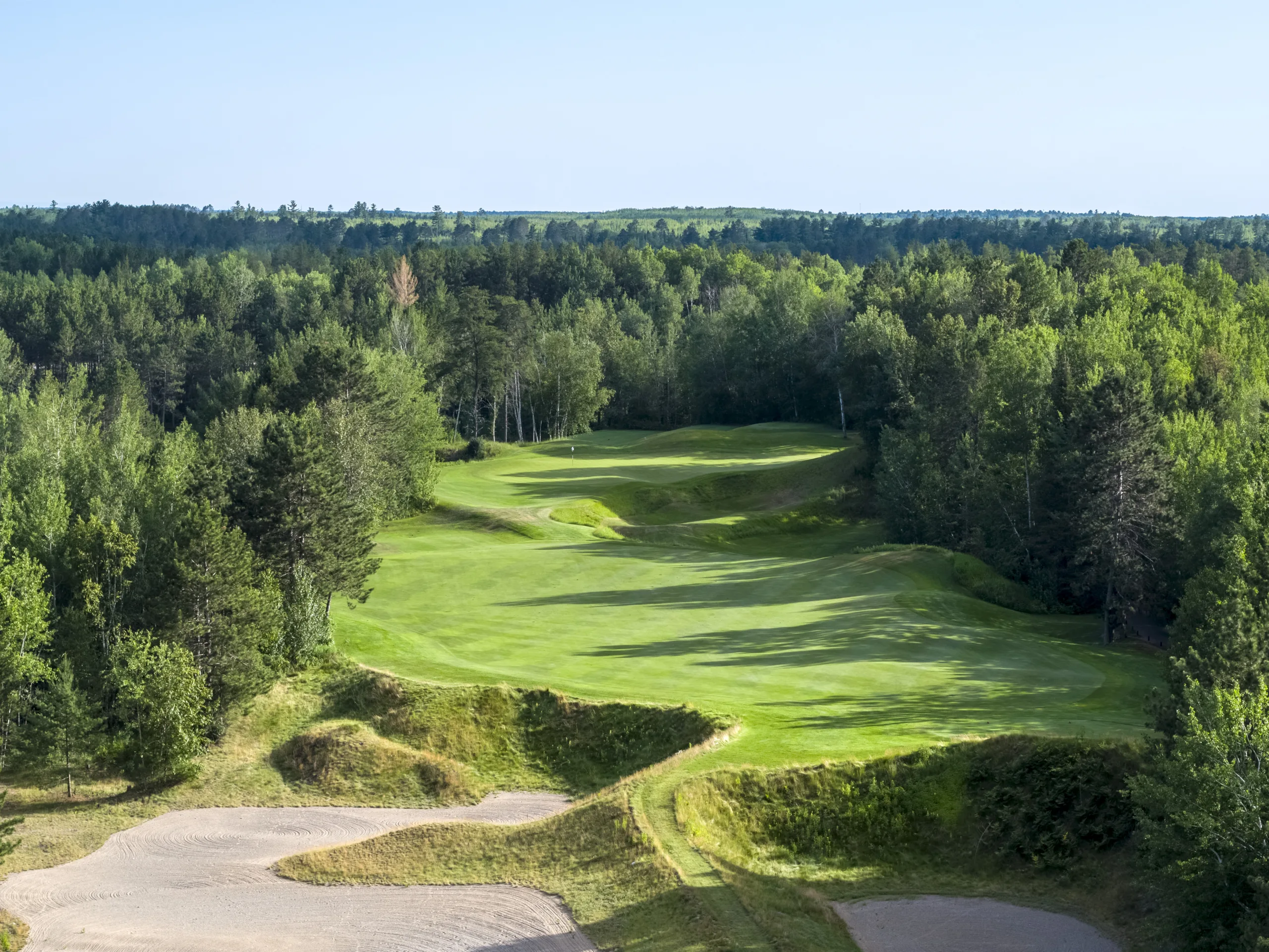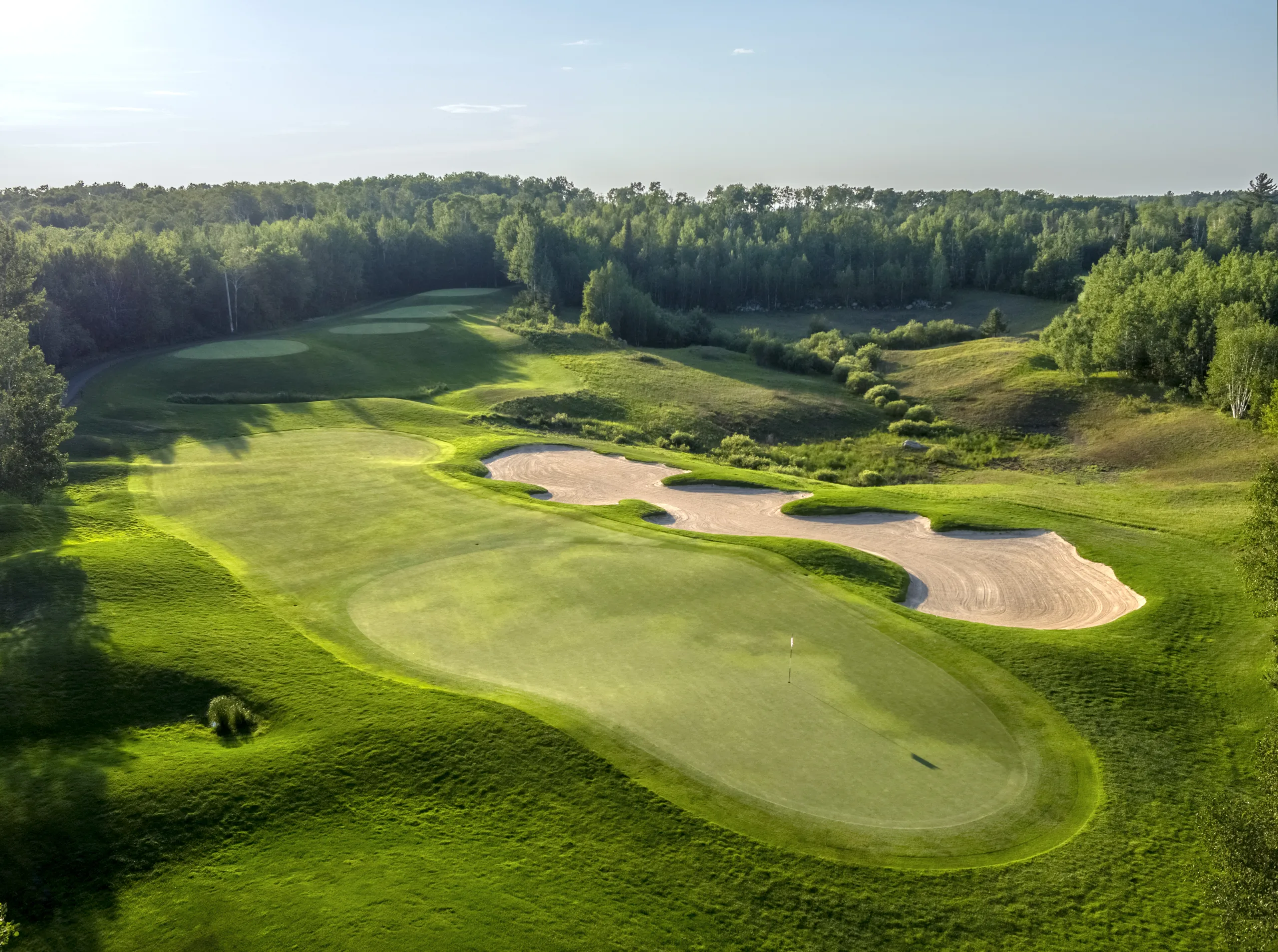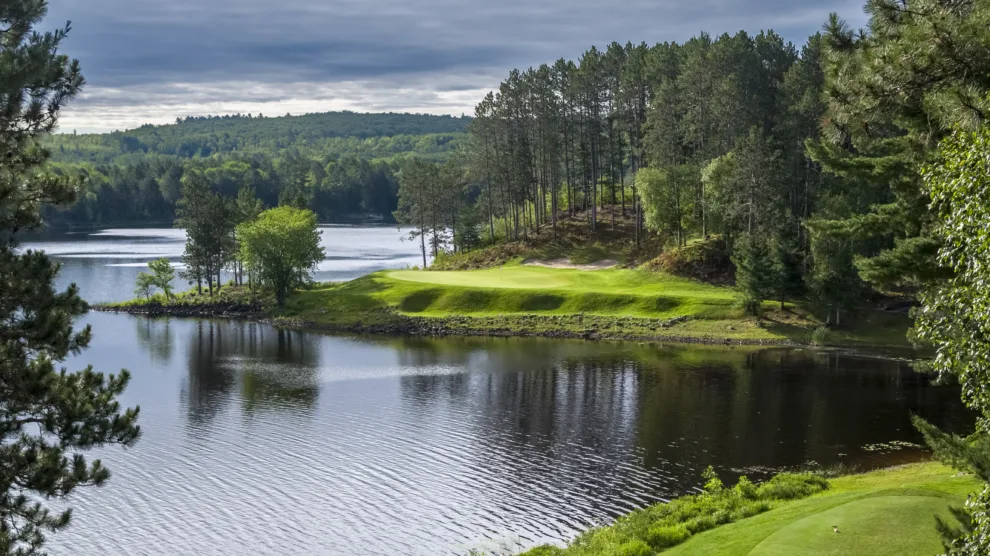From the Monongahela valley to the Mesabi Iron Range
To the coal mines of Appalachia, the story's always the same
--Bruce Springsteen, “Youngstown"
There's going to the range and then there’s, well, going to the Range.
A three-hour drive from the Twin Cities and situated about 225 miles from the Canadian border, the Mesabi Iron Range of northeastern Minnesota is a hearty locale of both lore and ore.
A nine-town, 65-mile spread bordered by the Superior National Forest, the Mesabi has long proven the most abundant source of Minnesota’s iron ore; cumulatively, the state accounts for about 75 percent of domestic taconite production from ore deposits (about 40 million tons each year). With mining roots in earnest dating back to 1890, the region proved a signature of America’s Second Industrial Revolution, and a benchmark contributor to the Allied victory in World War II.
The birthplace of Bob Dylan (Hibbing), site of the United States Hockey Hall of Fame (Eveleth) and world-class lake trout fishing at depths of 500 feet.
Sounds like a golf hotbed, right?

Steel. Shafts.
Fast-forwarding to the close of the 20th century would find the region seeking to segue from a sagging steel economy into mining enhanced tourism. Aiming to attract more all-seasons visitors in concert with a robust fishing canvass and avid ski scene, the area’s Iron Range Resources and Rehabilitation Board rolled the dice on golf at Giants Ridge in Biwabik, Minn., with the debut of the Jeffrey Brauer-designed Legend Course in 1997.
“When they first set out to build this facility and make it a year-round destination for tourism, I don’t think they wanted to push the boundaries too much,” says John Kendall, director of golf at Giants Ridge since 1998. “So, they started with a very traditional, very good golf course, as The Legend takes advantage of the natural beauty of our area – the big pine forests, the beautiful water and rocks; the things that are unique to Northeastern Minnesota. And it really did turn out like that.”
Opened with aplomb and applause, Kendall’s learned words prove apt for The Legend, which plays on par with the aesthetic of several of the pleasing/solid/attractive/well-wooded courses in the Minnesota golf-hotbed of Brainerd, located 150 miles southeast of Biwabik.
As a standalone play, The Legend (designed with consult by Lanny Wadkins), in truth, proves a fine complement to, say, a fishing trip to nearby Lake Vermillion or a day stop en route to the beatific Boundary Waters Canoe Area. Some latter-nine intrigue picks-up front side slack (highlighted by the lake-laden, par-3 17th ), but, all told, Upper Midwest golf guests have read these chapters before.
Yet, with the 2003 addition of Brauer’s Quarry Course to Giants Ridge, the locale has graduated from pit stop to prime. Perennially lauded as the top-rated public play in Minnesota by all manner of ranking outlets, the Quarry proves deserving of the ample praise.
Together, the twin plays make for a stellar double-dip of diversity.
“The two courses are both very, very good; but they’re also very different in the way they play, the way they look, which I think is a great strength of the facility,” Kendall says.

Located just a few miles apart, the sister courses provide an excellent mix of variety, appearance and routing.
“The Quarry really was an industrial site -- an open-pit taconite mine,” details Kendall of a layout which now has all holes named after local mines, past and present. “So, we have the extremes of the (Legend) property that borders natural forest, and then we have then we have the Quarry Course, which was a working piece of land that really had no other purpose; but it was a great, blank slate for the architect, Mr. Brauer. And he did a great job capturing the rougher, more industrial feel of this piece of property.”
For what The Legend sports in resort-style landing areas and sizable greens, Quarry presents a stellar array of club study and individualized holes. With a card of varied par 3s, brutish par 4s (four of which tip at better than 450 yards), risk-reward par 4s (four of which play at 377 yards or less) and get-able par 5s, the design finds most players using myriad tools in the bag.
A trusty flatstick proves no exception, as crowned greens oft-demand ball flight toward multi-tiered surfaces.
“There’s a really good mix of golf holes on this property; it’s really not a course where you bomb driver on every hole and see where it goes,” Kendall continues of Quarry. “There’s a par 3 that will play 120 yards and another that plays at 270. There are reachable par 5s, and, what stands out most to me are the variety of par 4s. It’s a great mix of shorter holes – some, where you can take out driver and try for the green; or, if you don’t, then you need to put your thinking cap on and really study where you want to hit your second shot from. You can make bogey on the short holes just as easy as you can the longer holes.”
Engagement arises all across Quarry’s front side, starting with the uphill, dogleg-right par-5 2nd; as immediate segue, the skinny, par-4 third will find sticks questioning driver, even from the 444-yard tips. A beautifully-routed par-5 fifth follows with right-to-left fairway camber, before the mere 369-yard No. 6 asks for studied tee placement before an approach over a grassy gorge.
Further sampling of club study charts on the short, par-4 No. 9 (377 yards) and the awesome, 323-yard 13th, which plays with a literal handful of tee options towards a well-swaled putting surface (the largest green on the course). Save for a confounding 454-yard 15th (why force a driving dial-down on a massive par-4?), nearly every hole at Quarry achieves respective excellence.
Such individuality of layout continually extends to a feel of ongoing privatude.
“The elevation changes help us out a lot, as Quarry is a very compact site, just over 90 acres on the footprint,” says Kendall. “But with the elevation changes – take Nos. 6 and 8, they run parallel, but you’d never know, because the fairways have about 30-feet of vertical difference -- you do have that good feeling of isolation. Pretty neat how Mr. Brauer did that, in being able to make a compact site feel very big.”
Playing with the Big Boys
From woods to ocean to desert to city-scape, rare is the domestic property with multiple plays charting as top-100 publics.
From a state with over 500 golf courses to a U.S. map with a strengthening cache of destination golf, Giants Ridge meets the burden of such exceptions.
“Across the state, I don’t think you’re gonna find much better golf than we have here; maybe even the entire region,” candors Kendall. “We’re kind of rubbing shoulders with other top-ranked, multi-courses facilities like Kohler and Mammoth Dunes. There have been multiple times when both our courses are on the top-100 publics in the country; and doing that, we’re on a list which includes Pinehurst, Bandon Dunes. There’s a short list of public play facilities with multiple courses on that list, and we’re one of them.”
Covid/post-pandemic play has seen Giants’ influence continue to grow, with more and more adventuresome swings seeking plays off the path beaten.
“Facilities that were historically just destination locales -- where people would get away for a week or less. The pandemic presented that option of working from here, so, we saw three-day trips or weeklong trips turn onto two-month trips,” details Kendall. “It changed us a bit from being a destination location to a place where people could live and work and make this their summer homes. And it’s continued. I know a lot of homes have sold in Biwabik where people are doing just that; now, there’s a summer base here.”
With an estimated 75 percent of play coming from the Twin Cities’ metro, and another 10 percent from Duluth and surrounds, Giants is always keeping lookout on the Brainerd bar.
“Because Brainerd has dominated so much of the family market, and because they’ve kinda cut their own niche as a golf vacation destination in our area, that was always the goal, the ideal,” continues Kendall. “That’s the bar they set. But we’ve wanted to set our own bar, to make this uniquely Northeastern Minnesota, to pay homage to the mining industry.”
As for the remaining 15 percent of play, Kendall sees it coming from all over the mapping surrounds (Chicagoland, Iowa, Canada), accounting for a continued rise in rounds (an estimated 33,000 for ’23) across a taut golf season maxing out at 28 weeks.
Along with the swings, guests revel in genuinely appealing logistics and amenable pricing for plays of such potency (to wit: a “37 Hole Special” includes lunch and a pair of rounds for $180 on weekdays). The courses are just a few miles apart on the same county road, with the accommodation of either the on-site Lodge, or, The Villas; per the latter, located between the two tracks, a lakeside setting of cabin-style dwellings prove a prime fit for dudes’ getaways, family-style fun or gal pal golf outings.
Complementing the layout is a vibe distinct to the region: mellow, laid-back, perfect for hot coffee in the morn and beer tipping at sunset.
“We’re one of the few places that have this quality of golf and are in such a rural setting. You go around the country, and there are beautiful facilities with top-ranked courses, but they really don’t get you far away from the city, the traffic, the hustle and bustle,” concludes Kendall. “You can’t much do that in, say, Phoenix or in North Carolina or in Florida. I think we still cater to people looking to get off the beaten path and aiming to mix their golf with other outdoor adventures.”

